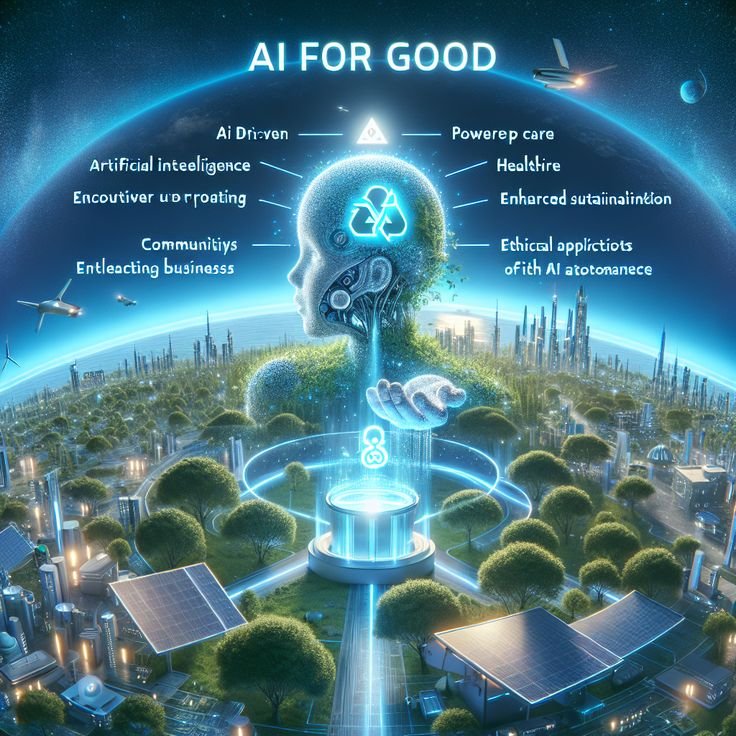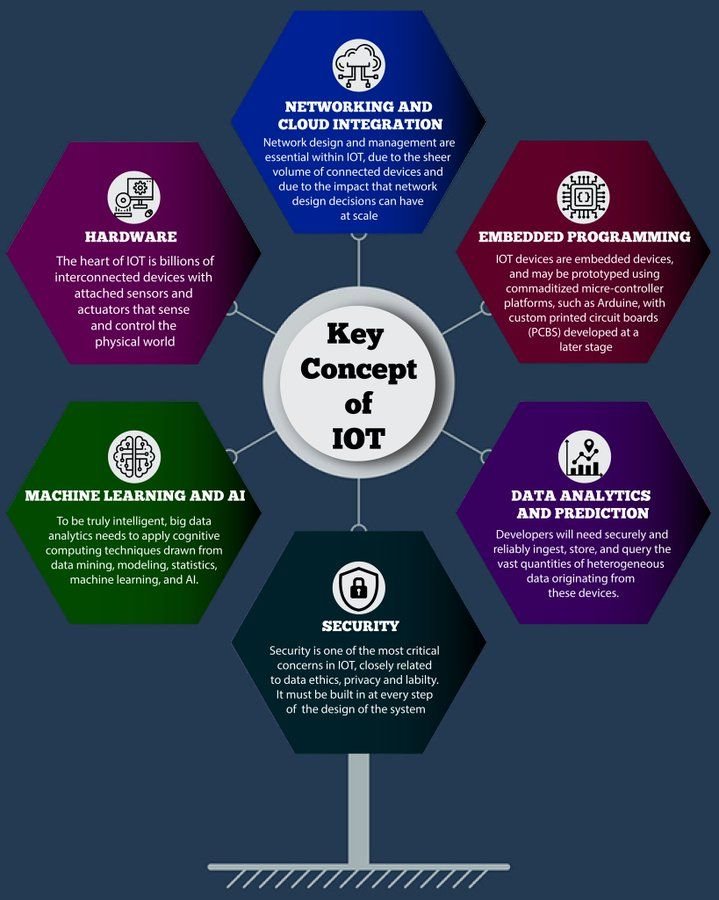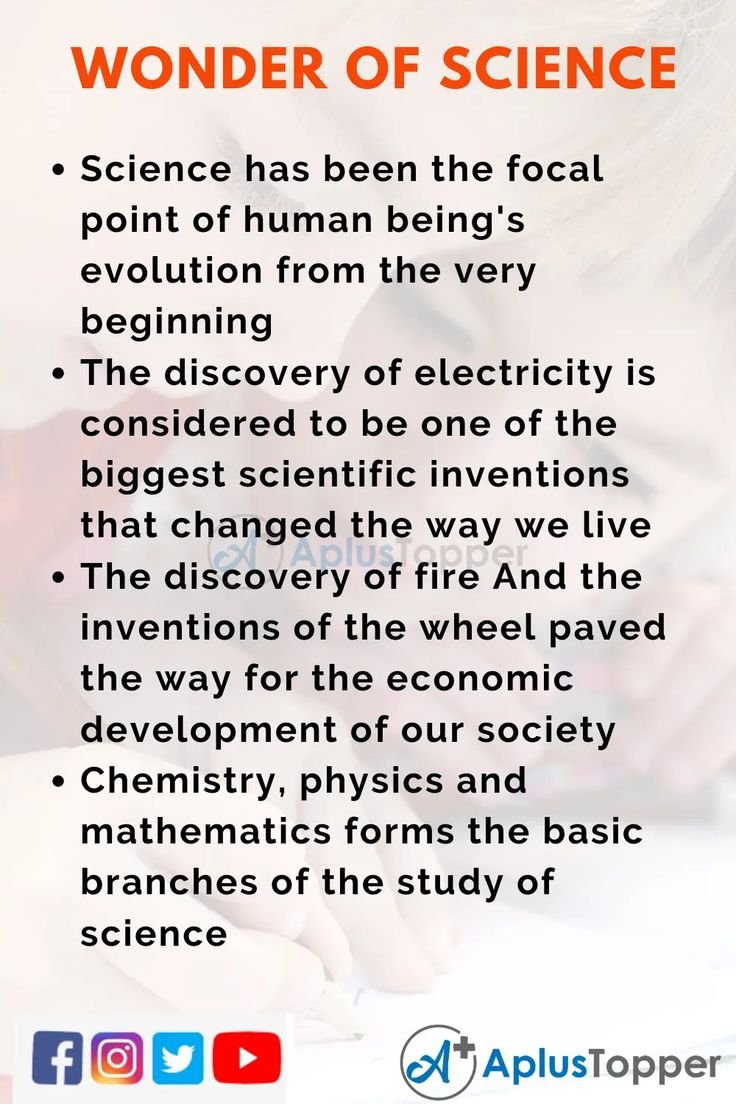TheHogBlog Science: Latest Discoveries & Innovations Explained
Scientific progress defines the way we understand the world and improve life on Earth—and beyond. From groundbreaking innovations in technology to advancements solving global challenges, staying informed on the latest discoveries is essential for anyone looking to grasp the future. Below, we unravel some of the most exciting developments in science and technology, explore their implications, and explain how they could impact our lives.
The Integration of Artificial Intelligence in Modern Science
AI in Drug Discovery
One of the most promising applications of Artificial Intelligence is in medicine. AI algorithms now assist in creating new drugs, often reducing the research timeline from years to months. For example, AlphaFold, an AI system by DeepMind, predicts protein structures—a once-daunting task pivotal to drug development. Since its introduction, researchers have used it to unlock puzzles in diseases like Alzheimer’s and cancers.
Why it Matters:
This innovation accelerates clinical trials and could bring life-saving medications to the market faster. Lower research costs might also improve accessibility to treatments globally.
AI and Climate Science
AI’s ability to process large datasets is revolutionizing climate science. Models now accurately predict weather extremes like hurricanes and floods weeks in advance, thanks to machine learning. Additionally, AI-powered algorithms optimize renewable energy grids by forecasting energy demands and storage needs more effectively.
Actionable Takeaway:
For individuals and organizations, adapting to AI-forecast-driven models can improve community disaster preparedness and energy efficiency planning.
Advancements in Space Exploration
The James Webb Space Telescope’s Revelations
Deployed in December 2021, the James Webb Space Telescope continues to redefine our understanding of the cosmos. Beyond breathtaking images, it has revealed details about atmospheres of exoplanets and the origins of distant galaxies, boosting the search for life beyond Earth.
Recent findings include:
- Carbon dioxide in the atmospheres of exoplanets, hinting at conditions necessary for life.
- The identification of the oldest galaxy clusters, aiding our understanding of the early universe.
Looking Ahead:
Space agencies are leveraging instruments like Webb to refine interstellar mission plans. One goal includes investigating moons like Europa and Enceladus, where subsurface oceans could harbor extraterrestrial life.
Reusable Rockets Redefining Space Travel
Rocket innovation—led by companies like SpaceX and Rocket Lab—has made space exploration vastly more affordable. Reusable rocket stages have reduced launch costs from hundreds of millions to tens of millions per mission, paving the way for commercial travel.
Key Development:
The scheduled launch of SpaceX’s Starship aims to revolutionize long-haul space missions, potentially enabling human colonization of Mars within the next two decades.
Breakthroughs in Renewable Energy Technologies
Advancements in Solar Power
Perovskite solar cells represent the next chapter of efficient solar technology. Lighter, more affordable, and easier to install than traditional silicon panels, these cells have reached efficiency rates exceeding 30% in laboratories and are being scaled for commercial production.
Fusion Energy Progress
Fusion power, long regarded as the “holy grail” of energy, took a significant leap with the breakthrough in achieving net energy gain at the National Ignition Facility in late 2022. By producing more energy than consumed in hydrogen fusion experiments, researchers unlocked new possibilities for carbon-free energy generation.
Practical Implications:
While scaling fusion power remains challenging, consistent progress could promise virtually unlimited clean electricity within our lifetimes.
Innovations Solving Global Health Challenges
mRNA Technology Beyond Vaccines
After transforming the COVID-19 vaccine response, mRNA technology is being adapted for other diseases. Research efforts are focusing on using mRNA for personalized cancer vaccines and treatments for conditions like cystic fibrosis.
Breakthrough Example:
Recent Phase 2 trials have shown promise in preventing melanoma recurrence using individualized mRNA vaccines. By targeting unique tumor markers, patients’ immune systems are learning to eliminate cancer-specific cells.
Improved Diagnostics with Nanotechnology
Nanoparticles are offering previously unattainable precision in diagnostics, particularly for identifying diseases early. For example:
- Nanoparticle-based imaging enhances early cancer detection.
- Targeted drug-delivery systems allow medications to attack tumors without damaging surrounding tissues, reducing side effects.
Impact:
Faster diagnosis means earlier intervention, potentially increasing survival rates for diseases traditionally hard to detect.
Genetic Editing Pushing Boundaries
CRISPR and Beyond
CRISPR-Cas9 gene editing has become a foundational tool in genetic engineering. From agriculture to human health, this technology allows precise edits to DNA for desired outcomes. Recent innovations, like prime editing, enhance accuracy, broadening CRISPR’s applications.
- Agriculture: Scientists are developing drought-resistant crops that require fewer resources.
- Health: Researchers are using gene editing to address rare genetic disorders like sickle cell disease and muscular dystrophy.
Consideration:
Ethical debates around genetic editing will likely intensify, especially concerning its use in human embryos. Policy frameworks will need to balance innovation with responsibility.
The Role of Quantum Technology in Shaping the Future
Quantum Computing Progress
Quantum computers are now tackling problems that classical systems could not realistically process. For example, Google’s Sycamore achieved “quantum supremacy” by performing a computation in seconds that would take a supercomputer thousands of years.
Applications on the Horizon:
- Complex material simulations will accelerate developments in renewable energy and chemistry.
- Breakthroughs in cryptography are setting the stage for unhackable communication networks.
Enhanced Imaging with Quantum Sensors
Quantum technology also advances medical imaging. Quantum sensors can detect extremely subtle changes in magnetic fields, enabling earlier and more precise detection of neurological conditions like Alzheimer’s and Parkinson’s.
Next Steps:
Experts predict quantum advancements will transform industrial sectors such as pharmaceuticals and defense within the next decade.
Practical Tips to Stay Updated on Scientific Advances
- Leverage Trusted News Sources
Platforms like Nature, Scientific American, and journals such as Cell or Science regularly publish credible, cutting-edge developments.
- Follow Research Institutions
Institutes like NASA, MIT, and CERN frequently share accessible updates on significant discoveries.
- Explore Online Learning Platforms
MOOCs (Massive Open Online Courses) on platforms like Coursera or edX offer courses to deepen understanding of specific topics.
- Join Science Communities
Engage with discussions through forums such as Reddit’s r/science or participate in citizen science initiatives like Galaxy Zoo.
Final Thoughts
From decoding the mysteries of the universe to revolutionizing medicine, discoveries in science and technology continue to shape our reality. Keeping pace with these advancements isn’t just fascinating—it equips us to adapt, solve problems, and seize opportunities that future breakthroughs will undoubtedly bring.
Science thrives when accompanied by curiosity; continue exploring developments, and remember—the next great innovation could be closer than you think!



